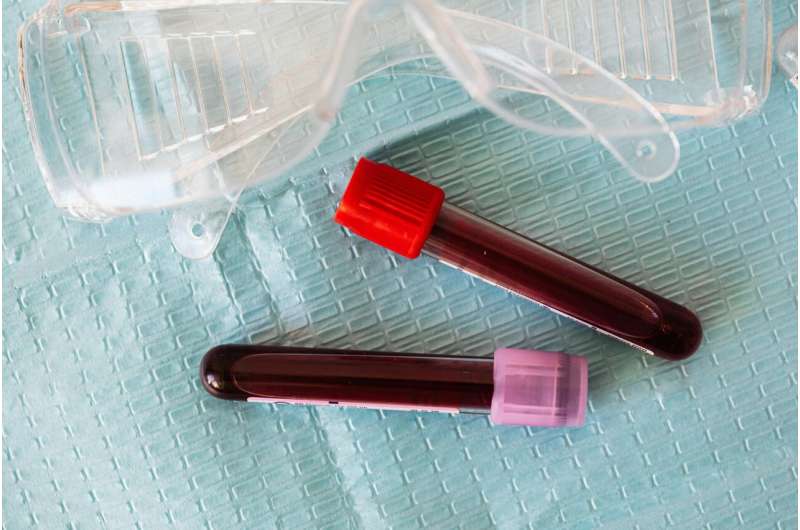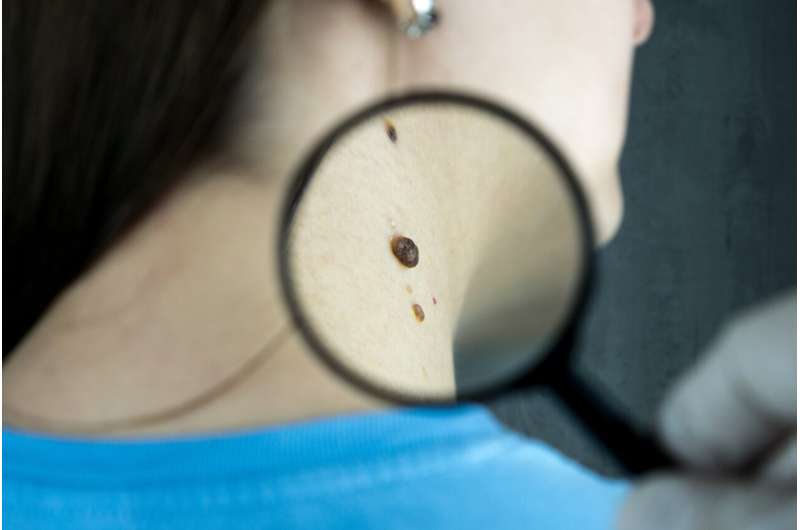Innovative Rat Model Promises Progress in COPD-Related Cor Pulmonale Research

Researchers have developed an innovative rat model that effectively mimics the pathological and physiological features of human chronic obstructive pulmonary disease (COPD) complicated by cor pulmonale. This new model demonstrates key disease characteristics such as sustained lung inflammation, increased pulmonary artery pressure, and right ventricular hypertrophy, providing a valuable tool for in-depth study.
The study, published in The American Journal of Pathology (2025), explores the potential of this model to unravel complex interactions between lung pathology and cardiac remodeling. COPD remains a leading cause of morbidity, with the World Health Organization ranking it as the third top cause of death worldwide, accounting for approximately 3.23 million deaths in 2019. A significant subset of COPD patients—about 6% annually—develops cor pulmonale, a condition resulting from pulmonary hypertension that leads to right heart failure, worsening patient outcomes.
Current therapeutic options are insufficient, partly due to the lack of animal models accurately replicating the disease's multidimensional pathology. To address this gap, lead researcher Tao Wang and colleagues combined chronic cigarette smoke exposure with left pulmonary artery ligation in rats. The resulting model exhibited classic COPD symptoms like emphysema and lung inflammation, as well as hallmark features of cor pulmonale, including right ventricular hypertrophy, fibrosis, capillary loss, and hemodynamic changes associated with pulmonary hypertension.
Further analysis revealed that inflammation pathways and oxidative stress might contribute significantly to disease progression, making them promising targets for future therapies. Co-lead investigator Lingdan Chen emphasized that this model is a crucial step forward, enabling a better understanding of underlying mechanisms and aiding the development of more effective treatments.
Overall, this novel rat model offers a powerful platform to accelerate research into COPD-associated cor pulmonale, with the potential to discover new molecular targets and improve therapeutic strategies for affected patients.
Stay Updated with Mia's Feed
Get the latest health & wellness insights delivered straight to your inbox.
Related Articles
Prediabetes Poses Greater Risk for Younger Adults Aged 20–54, New Research Shows
New research reveals that prediabetes is more life-threatening for adults aged 20–54, highlighting the need for early screening and targeted prevention strategies to reduce mortality risk in younger populations.
Growing Concerns About Increased Recreational Use of Ketamine in the UK
Medical professionals warn of a rising trend in recreational ketamine use in the UK, highlighting serious health risks and the need for better treatment and regulation. Learn about the ongoing concerns and potential solutions.
Impact of Microgravity on Gum Health: Space Conditions May Accelerate Inflammation and Bone Loss
Microgravity conditions in space can accelerate gum inflammation and bone loss, increasing the risk of periodontal disease among astronauts. New research highlights the need for specialized dental care in long-term space missions.
Identifying Gaps in Skin Cancer Care for Vulnerable Populations: Insights from Recent Research
Recent research reveals disparities in skin cancer diagnosis and treatment among older adults and rural residents, emphasizing the need for targeted strategies to improve early detection and care access for vulnerable populations.



